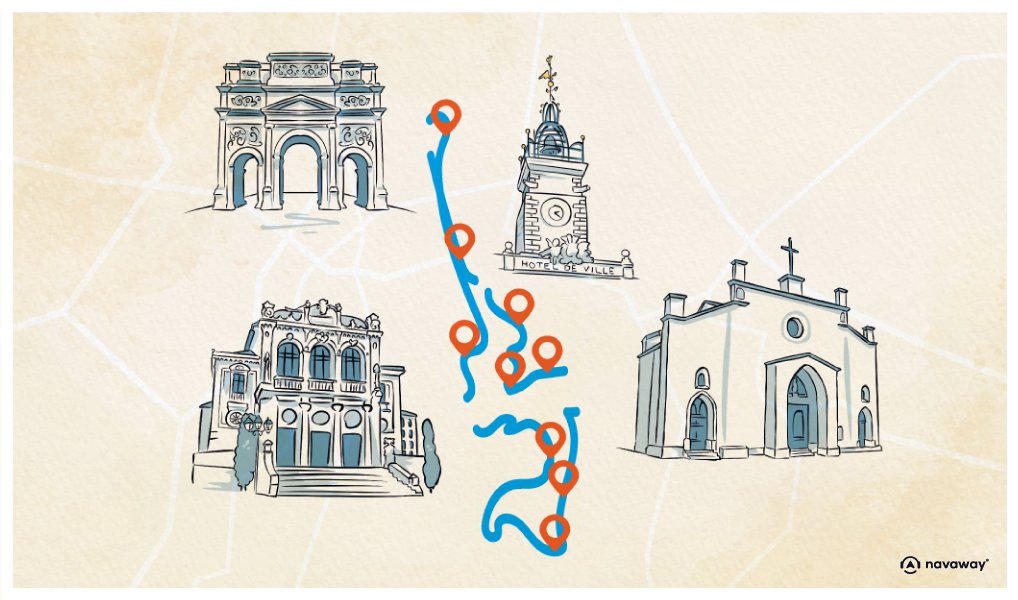
Roman theatre
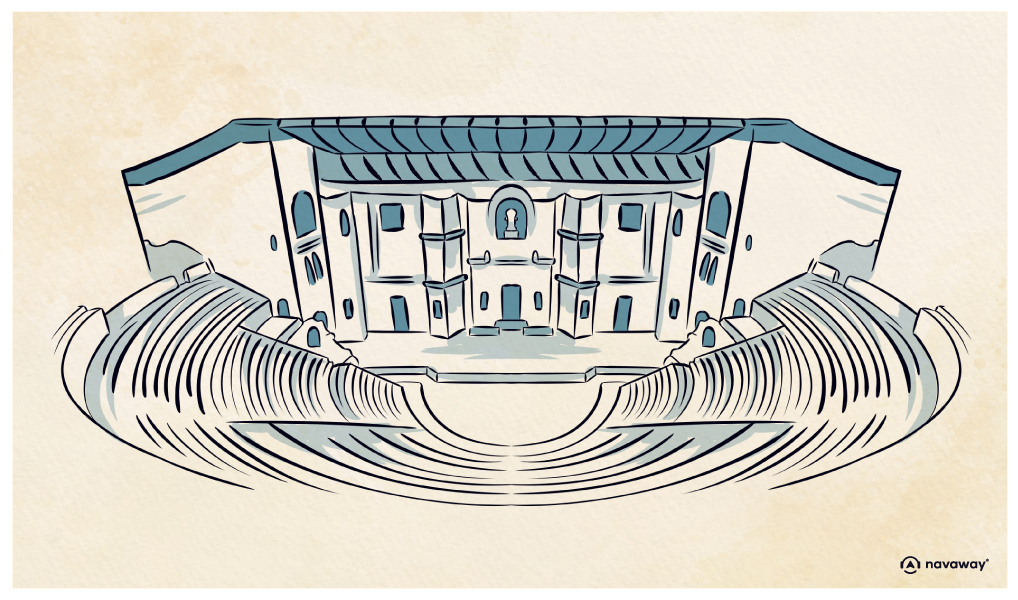
This point of interest is available as audio on the tour: Visit Orange, The City of Princes
Yep, you’ve guessed it! Behind this spectacular 37-metre-high wall lies the city’s internationally renowned showpiece, the famous Roman Theatre of Orange. We had actually planned to take you up to the Saint-Eutrope hill for better views, but unfortunately it’s off-limits today. Even so, allow me to tell you a little about the history of this exceptional site. As you know, this is the best-preserved ancient theatre in all of Europe. In fact, it’s one of the few to still have its stage wall intact from Roman times. So, sure, it may block your view today, but it’s what makes this site so special. Take a seat on a bench, or if you have tickets, head inside and explore, all while listening to the audioguide. Let’s step back in time. In 36 BC, veterans from Caesar’s 2nd Gallic Legion founded Arausio, aka Orange, after his conquest of Gaul, which ended in 52 BC with the famous battle of Alesia. In short, Arausio prospered and the Romans began to settle in for good. They built a theatre, baths, forum, temples – the whole shebang. This theatre was one of the first major public buildings constructed during the early days of the empire. It was built in the 1st century AD, under the reign of Augustus, atop the Saint-Eutrope hill, in the signature yellow or white local limestone. Don’t forget to bow to the emperor himself! Augustus is standing tall and proud right in the central niche, towering over everyone at 3.5 meters high. The stage wall is stunning today, but you have to imagine it in its full glory! Back then, it was decorated from top to bottom with colorful marble slabs, statues and 76 columns. The Romans loved their theatre! No roman circus games here; people would come to see tragedies, pantomimes and comedies – all free of charge. As for the seating, even back then, the rich folks got the front row treatment, ordinary citizens sat in the middle, and slaves were relegated to the back. But hey, with 10,000 seats, there was room for everyone. Things were pretty well organized too, with radiating stairs for easy movement and even a retractable canvas roof for shade or shelter from rain. Then, in 391, Christianity became the official state religion and put an end to these “pagan pleasures” and “profane performances”. The theatre was shut down and left to ruin. By the Middle Ages, nobody cared much about it. Then came the 16th century, and Orange, ruled by Protestant princes, got caught up in the turmoil of the Wars of Religion. Residents built their houses right inside the theatre, turning it into a sort of mini fortified city! During the Revolution, the towers on either side of the stage, which you can see if you’ve entered, were used as prisons. Talk about multifunctional! It wasn’t until the early 19th century that the theatre returned to its original function. At the time, people were very much interested in past civilizations, particularly Antiquity. And then came along France’s national hero of heritage protection, Prosper Mérimée, who launched a gigantic restoration campaign and restored the theatre to its former glory. In 1869, the theatre hosted a hugely successful performance attended by 10,000 spectators. These were the Roman festivals, which later became known as “Chorégies” – a famous annual event featuring ballet, plays, concerts, and operas, all in this exceptional setting. It’s actually the oldest lyric art festival in the world! The theatre is, of course, listed as a UNESCO World Heritage Site and it’s Orange’s most visited monument. It’s a real shame you can’t admire it from up the hill, but I hope you’ll get the chance to visit it and get a close-up look.


Discover Orange with app
An interactive guide through the most beautiful streets, squares, and districts
19 fun audioguides full of historical facts, anecdotes, and legends
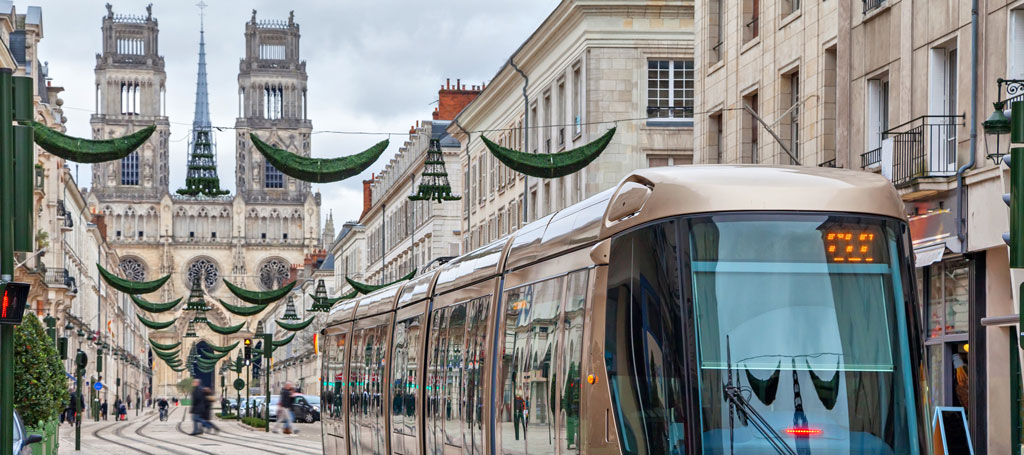
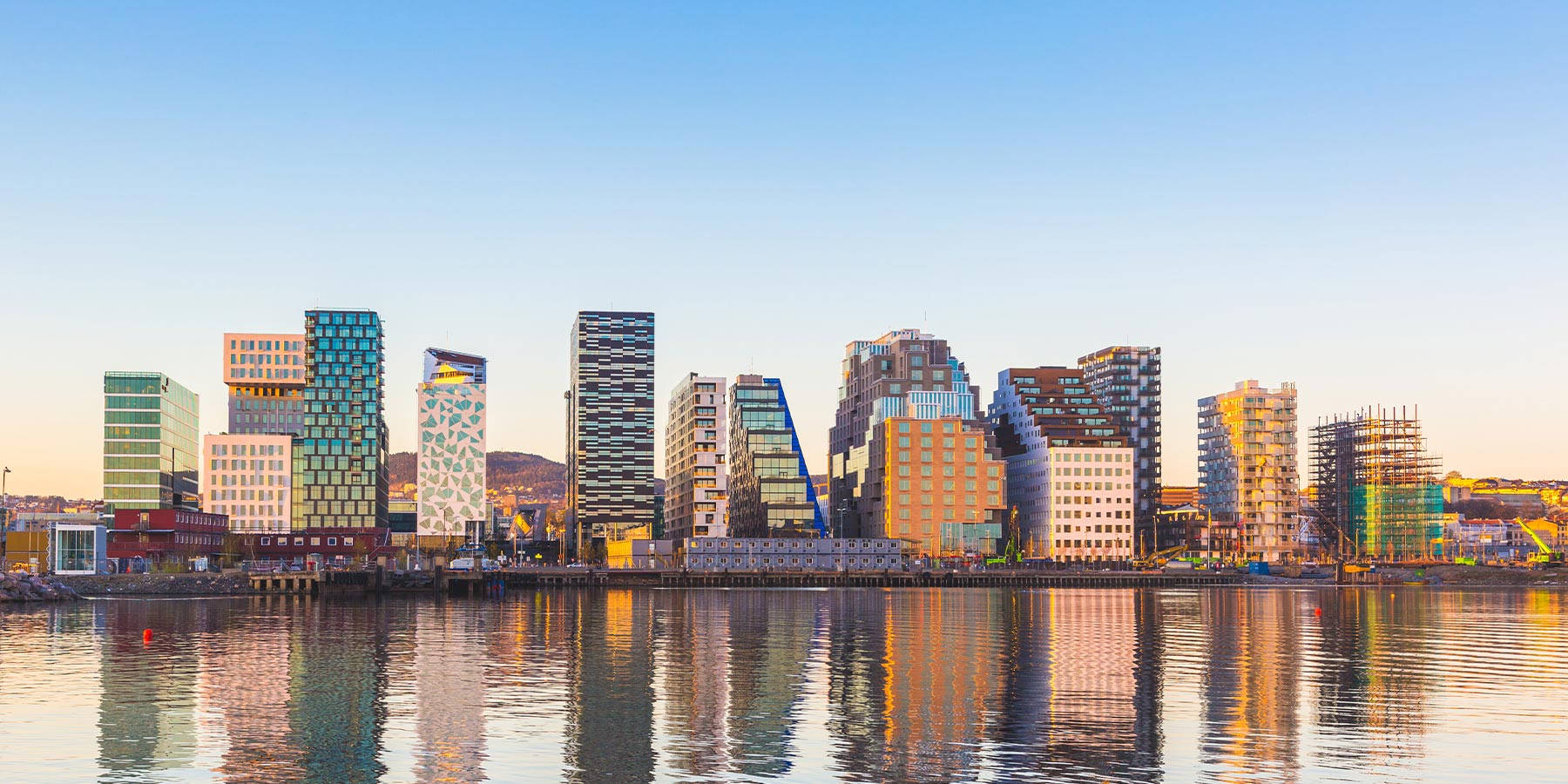
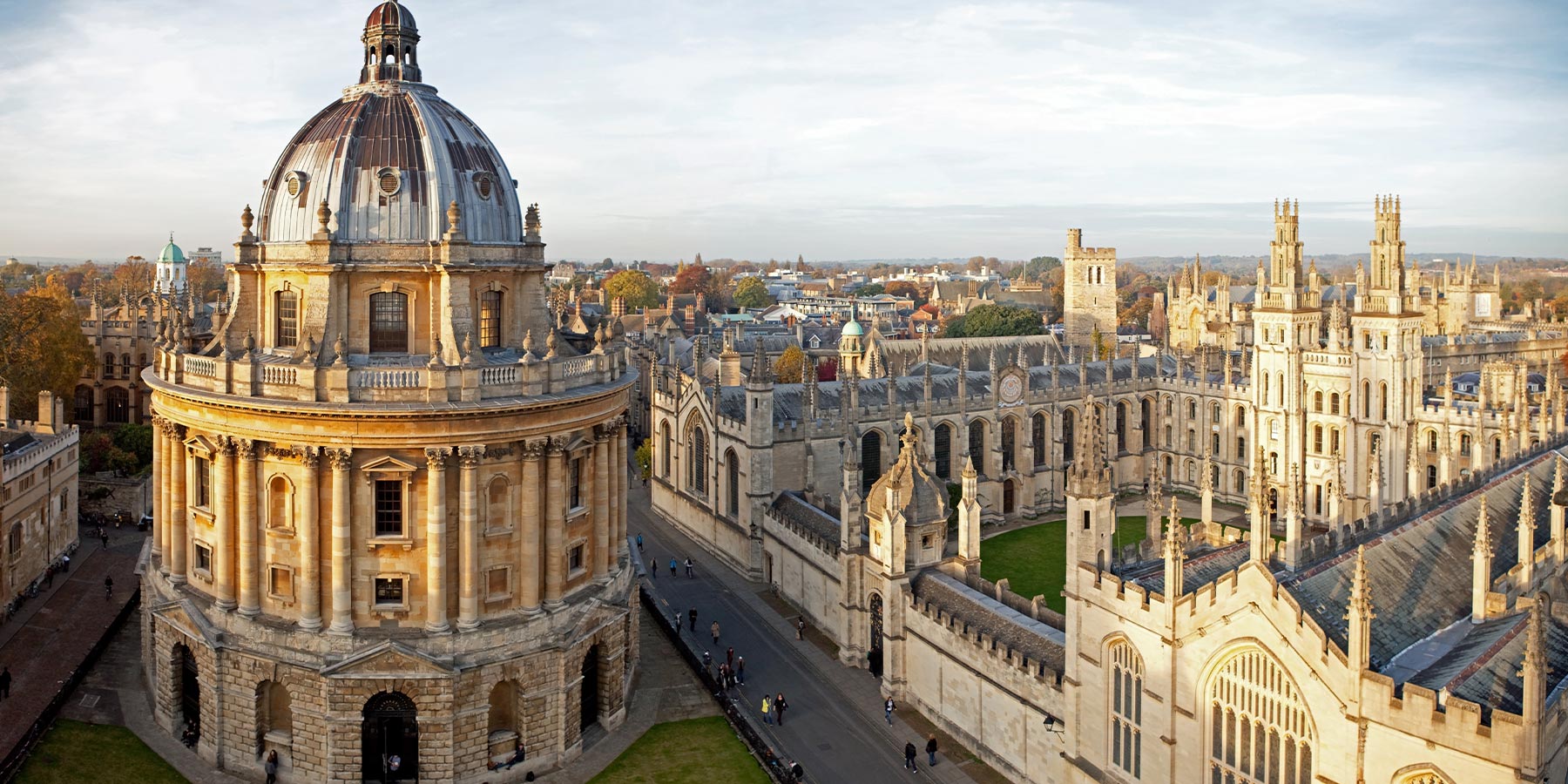


Comments